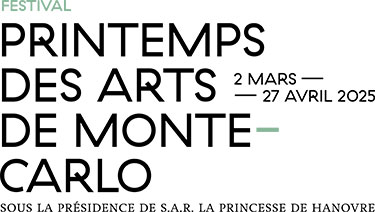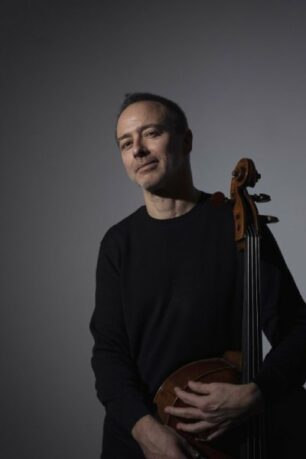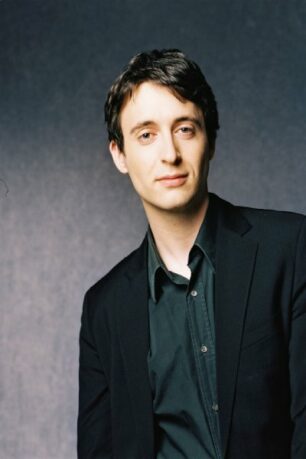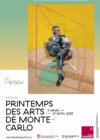“Which way to approach the world, which sentence to begin the story with? Sometimes we worry about having to choose from all the possible beginnings”, the philosopher Claire Marin writes in her recent essay, Les débuts (2023). Did Ludwig van Beethoven worry before deciding in 1795 that his Piano Trio in E-flat major would be the first work in his first opus? We can imagine that the 24-year-old musician, mostly renowned for his talent as a pianist and improviser, thought twice before opening his composer’s catalogue. We know that he waited until his body of work was solid and personal enough to take that step. We think that the appreciation of Joseph Haydn with whom he took seminal lessons at the time, was an encouragement.
Once published, his Trios Op. 1 triptych met with great success among connoisseurs – and we can understand why when we look at the score. The Piano Trio in E-flat major is anything but a student’s exercise. Its four movements show an ambitious architecture as much in its global form as in the use of performers and choice of motifs. Beethoven already asserts his trademark features: concise ideas ; themes arising from very simple gestures ; a fondness for development and variation to the point of stretching the dimensions of the work; the imaginative treatment of instruments, in particular the cello which is freed from its traditional role of bass to acquire true melodic autonomy ; and a wish for unity, with the recurrence of several motifs from one movement to the next (such as the ascending arpeggio that opens the first movement or the elegant melisma starting the second one).
Granted, the opus has its limitations. The main themes have neither the strength of character nor the urgency found in the later trios, some development sections lack fluidity and ease in places, the discourse sometimes relies too much on classic piano mechanisms, however pretty, where the pianist in Beethoven overpowered the composer. Nevertheless, the accomplishment is undeniable ; we can understand why Beethoven didn’t feel the need to go back to the piano and strings trio form before 1808, when he wrote the Piano Trio Op. 70 No. 1.
By then, everything has changed in the life of the composer, who no longer has to prove his mastery and goes through a period of intense activity – the Piano Trio Op. 70 No. 1 quickly following on the famous Symphonies No. 5 and No. 6. It is impossible not to hear this change of status in the first movement, with its epic sweep alternating sudden mood swings and playful counterpoints as sophisticated as they are unexpected. The piano writing has lost all trace of galant style, including in the Largo which is nothing like the sweet interlude one might expect.
Beethoven innovates, deprives himself of his usual scherzo and builds a work in only three movements centred on this vast Largo in D minor. The conciseness of its motifs introduced in the first measures gives a powerful dramatic line to this sombre, winding fantasy – which is precisely what was lacking from the Piano Trio Op. 1 No. 1. The icy and mysterious atmosphere of this movement earned the piece its nickname of “The Spirits”.
Written three years later, the Piano Trio Op. 97 “to the Archduke” closes the series of Beethoven trios. There is a number of common points with his first trio: a taste for brief motifs, the importance given to the development of ideas, a wish to explore the acoustics of the trio. However, Beethoven seems to be searching for another dimension. He opens his work even wider, removes any regular and expected elegance of the Galant style to escape along soaring melodic lines, transcending the classic gestures to experiment with new combinations. In this respect, the central part of the first movement is extraordinary, with its mix of trills and pizzicati almost reminiscent of noise music.
After discarding the Scherzo in his Piano Trio Op. 70 No. 1, Beethoven reinstates it in the Op. 97, only to better renew the genre: it features a sort of austere fugue with tortuous chromaticism, quite unexpected in such a usually cheerful movement. Then comes the Andante cantabile and its hymn-like choral, one of those moments of eternity when Beethoven seems to suspend musical time and step into another world. We can hear in it an echo of the slow movement in Concerto No. 4 – when the furious orchestra is placated by the clarity of the piano line – or a hint of his forthcoming Sonatas Op. 109 and 111. The composer keeps returning to his choral, constantly renewing it by variations which challenge the pianist’s virtuosity, before moving on to the ever so spectacular presto-ending finale. Whereas the Piano Trio Op. 1 No. 1 was an accomplished closure, the Op. 97 opened the door to new possible beginnings. Indeed, shortly after Beethoven’s death, Franz Schubert was greatly inspired by it, and gave two equally famous heirs to the “Archduke”: his Piano Trios D. 898 and D. 929.





